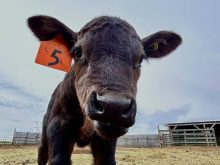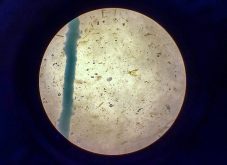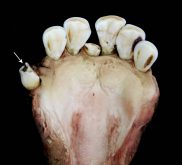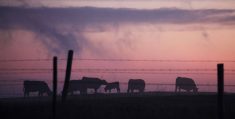For meat scientist John Edwards, all things should be selected on the side of moderation, including steers.
Sometimes, the best-looking steer at the show proves to be poor quality once the hide is removed.
“If an animal has too much fat, that has a negative impact on cutability,” he said.
“If it has too little muscle, it has a negative impact on cutability.”
Cutability is the percentage of salable retail product from a closely trimmed carcass.
Edwards recently led a three-day livestock evaluation seminar in Calgary.
Read Also
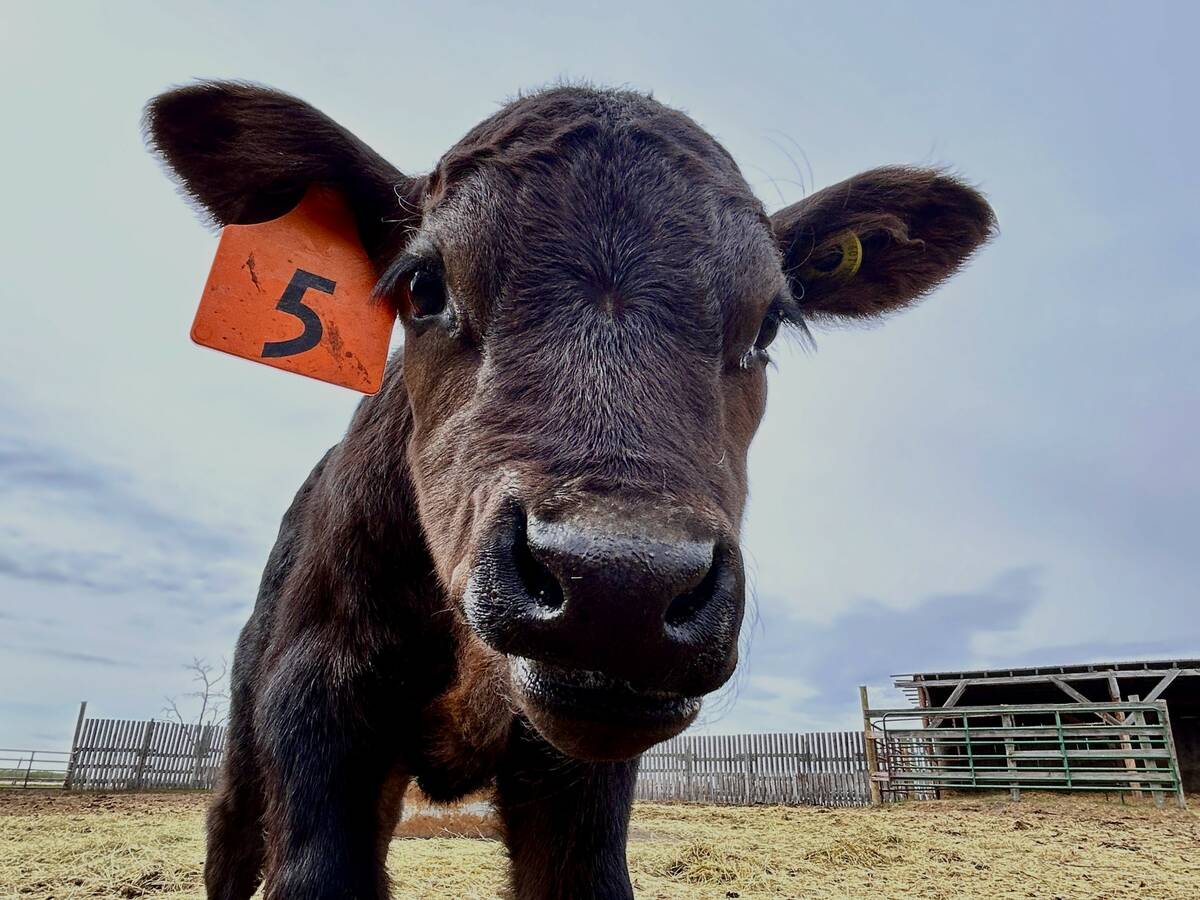
Calf hormone implants can give environmental, financial wins
Hormone implants can lead to bigger calves — reducing greenhouse gas intensity, land use intensity and giving the beef farmer more profit, Manitoba-based model suggests.
A former university meat scientist, he judges a number of major North American livestock shows and manages a 350 head commercial cow operation in Wyoming.
He said some problems can be corrected with management and others by genetic selection.
A variety of problems affect quality.
Besides too much fat or inadequate muscling, some cattle have problems with too much bone in relation to salable red meat. Some breeds have high ratios of muscle to bone and vice versa.
Producers must look at the size of their animals when trying to correct these anomalies. Packers downgrade animals that are too large or too small because retailers want consistent cut sizes.
While today’s health conscious consumers don’t want fatty meat, an animal needs an even cover of fat over the body. It helps prevent the carcass from dehydrating and indicates that traces of fat will be found in the ribeye, which is evaluated closely when carcasses are graded.
“If you’re going to have some fat in the ribeye, then you’re going to have some fat on the outside of the carcass,” Edwards said.
Fred Taylor of the Canadian Beef Grading Agency said Canadian grades have improved substantially since the system allowed for more marbling. Traces of intramuscular fat are equated with better eating quality.
A higher percentage of carcasses are achieving AA and AAA grades. Only about one to two percent are good enough for Canada Prime, which is destined mainly for restaurants.
The improvements are due to feed ration and feeding duration changes, and different genetics.
Beef can also be downgraded for a number of reasons.
Dark cutters are found in nearly two percent of cattle.
“This is the biggest detriment in the industry,” Taylor said.
The meat looks almost black instead of bright cherry red. While there is no definitive reason for this chemical change, it is often stress related. Stress could come from a change in weather, rough handling or transportation.
“You can’t put it on the counter. The consumer won’t buy it,” Taylor said.
The meat is too soft and feels tacky in the mouth. It is often used for grinding.
The Canadian beef quality audit in 1996 found that one percent of fed cattle, four percent of slaughter cows and 17 percent of virgin bulls were dark cutters.
Dark cutters among fed cattle result in a B4 grade, costing up to a $25 per hundredweight discount.
Carcasses are also assessed for red meat yield.
The yield grade is a percentage estimate of the red meat in the carcass when the fat and bones are removed. It is not a dressing percentage.
Canada 1 yield grade carcasses must be 59-64 percent lean, Canada 2 needs 54-58 percent and Canada 3 is 53 percent or less.
While quality is improving, the downside is that producers are not generally paid for better beef unless they participate in a packer’s grid formula. These are formulas requiring animals to fit into a narrow set of quality specifications.
“Before you sign the whole thing over to a grid, you better know something about how your cattle kill,” Edwards said.
There are attractive-looking cattle from reputation herds that do not grade as well as expected. They may not have enough marbling or their muscling is not as good as previously thought.
“In most grids, there are about three ways to get a premium and 17 ways to take a discount,” Edwards said.
Sometimes the discounts cancel out additional profit earned by animals that did meet the specifications.





